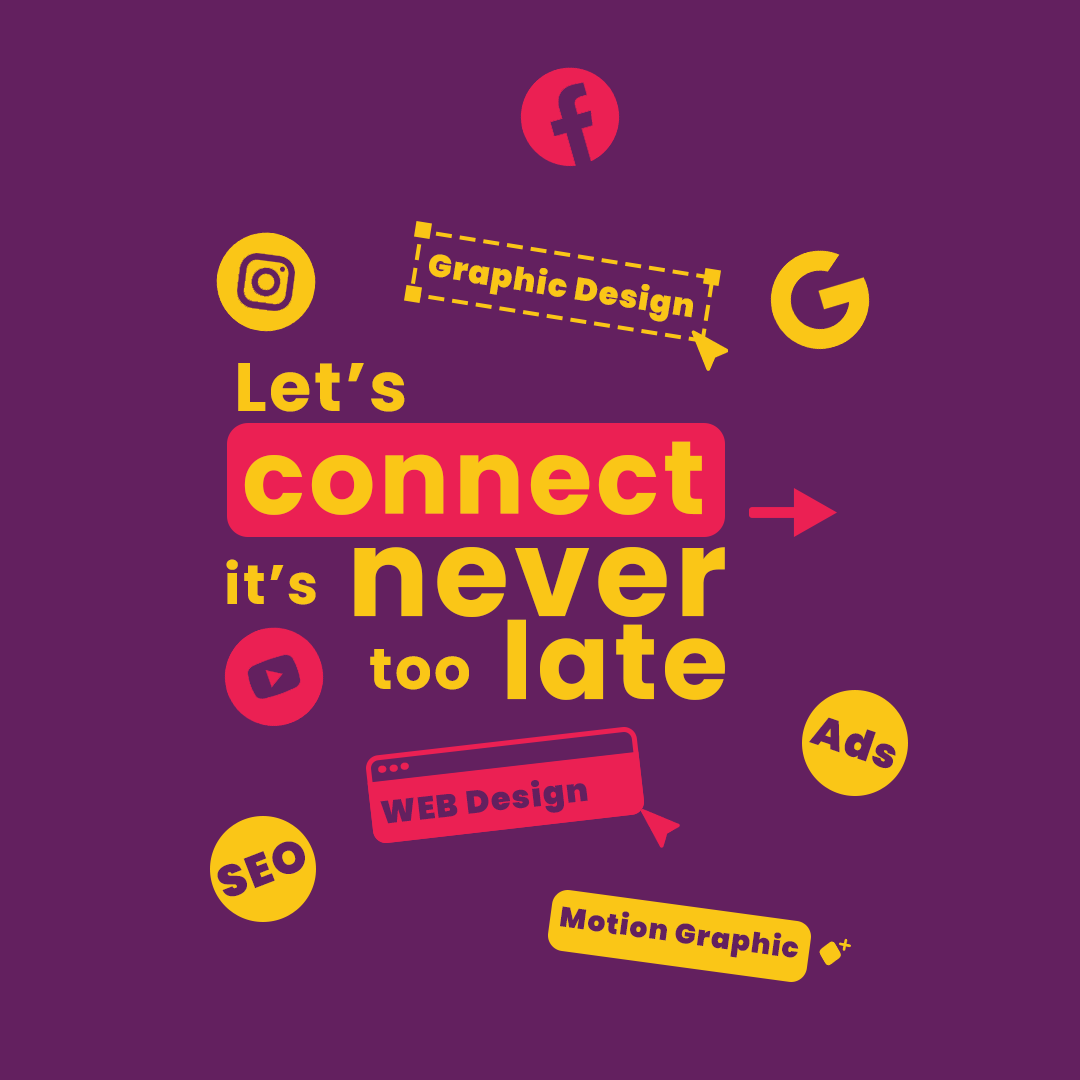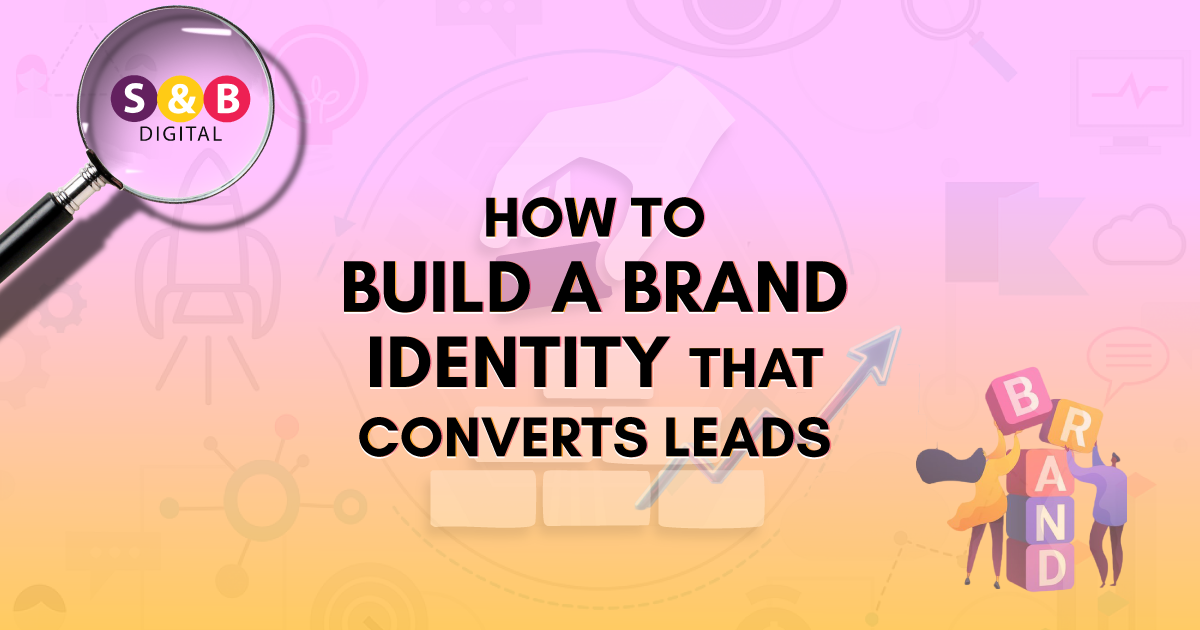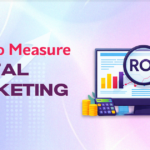In today’s hyper-competitive digital landscape, your brand is more than just a logo, a tagline, or a color palette. It’s the personality, values, and promises that connect with your audience at an emotional level.
But here’s the truth: building a brand identity isn’t just about standing out. It’s about creating a strong, consistent experience that resonates with your target audience and ultimately converts leads into loyal customers.
If you’re struggling to make your brand memorable, relatable, and profitable, this guide is for you. Let’s dive into the step-by-step process of creating a brand identity that not only grabs attention but also inspires trust and drives conversions.
Why Brand Identity Matters for Conversions
Think of your brand as a person you’ve just met. Would you trust someone who seems inconsistent, confusing, or unsure of themselves? Probably not.
The same logic applies to brands. When people encounter your business, they’re subconsciously asking:
- Do I trust this brand?
- Does it reflect my values or solve my problems?
- Do I feel confident investing my time or money here?
A strong brand identity answers these questions with clarity. It helps your business appear credible, memorable, and approachable—paving the way for better lead conversion.
Step 1: Define Your Core Brand Purpose
Before you can design logos or craft campaigns, you need clarity. Ask yourself:
- Why does my business exist? (Beyond making money)
- Who am I here to serve?
- What unique value do I provide?
This purpose becomes your north star. For example, Nike doesn’t just sell shoes; they inspire people to “just do it.” That emotional hook fuels everything they do.
Pro Tip: Write a simple mission statement in one sentence. It’ll guide your messaging and keep your brand authentic.
Step 2: Understand Your Audience Deeply
A brand that converts leads is one that knows its audience better than they know themselves.
Instead of saying, “We target small businesses,” dig deeper:
- What challenges keep them up at night?
- What values matter most to them?
- What tone of voice do they resonate with (formal, casual, witty)?
The more specific your audience profile, the easier it is to craft messages that make them feel seen and understood.
Step 3: Create a Distinct Visual Identity
Visuals are often the first impression, and they matter more than you think. Your logo, color scheme, typography, and imagery style must reflect your brand personality.
- Colors: Choose shades that evoke the right emotions (blue for trust, red for energy, green for growth).
- Logo: Keep it simple, memorable, and versatile across mediums.
- Consistency: Use the same style across your website, social media, emails, and ads.
For example, think about Apple. Clean, minimalist design instantly communicates sophistication and innovation. That’s no accident, it’s part of their identity.
Step 4: Develop a Unique Brand Voice
Your brand voice is how you “sound” in all communications. Is your tone friendly, authoritative, playful, or professional?
Imagine two companies selling the same fitness app:
- Brand A says: “Track your workouts and reach your goals.”
- Brand B says: “Crush your goals. Sweat smarter, not harder.”
Which one feels more engaging? Voice creates personality, and personality builds trust.
Tip: Write down 3 adjectives that describe your brand voice (e.g., supportive, bold, approachable) and use them as a guideline for all content.
Step 5: Build Emotional Connections
Conversions happen when leads feel emotionally connected. Facts tell, but emotions sell.
Ways to connect emotionally:
- Storytelling: Share your journey, challenges, or customer success stories.
- Values-driven branding: Stand for something bigger than profit (sustainability, diversity, innovation).
- Personalization: Tailor your content and offers to make customers feel valued.
For instance, Airbnb markets not just “accommodation” but the feeling of belonging anywhere. That emotional promise turns users into loyal fans.
Step 6: Ensure Consistency Across Touchpoints
Nothing hurts conversions more than inconsistency. If your website feels corporate but your Instagram feels quirky, leads will get confused.
Your website, ads, emails, packaging, and even customer support should speak the same brand language. Consistency signals professionalism and reliability—two big drivers of trust.
Step 7: Prove Credibility Through Social Proof
Leads need assurance before converting. Provide evidence that you deliver on your promises:
- Customer testimonials
- Case studies
- User-generated content
- Industry awards or recognitions
When potential customers see real people vouching for your brand, their hesitation drops instantly.
Step 8: Keep Evolving
Your brand identity isn’t carved in stone. As trends, customer behaviors, and markets shift, your brand should adapt while staying true to its core values.
Netflix, for example, started as a DVD rental service and evolved into a global streaming leader without losing its core promise: accessible entertainment.
Bringing It All Together
A brand identity that converts leads isn’t built overnight. It’s a blend of strategy, creativity, and consistency. When you deeply understand your audience, express your values authentically, and create a memorable presence, you transform from “just another option” to the brand they trust.






